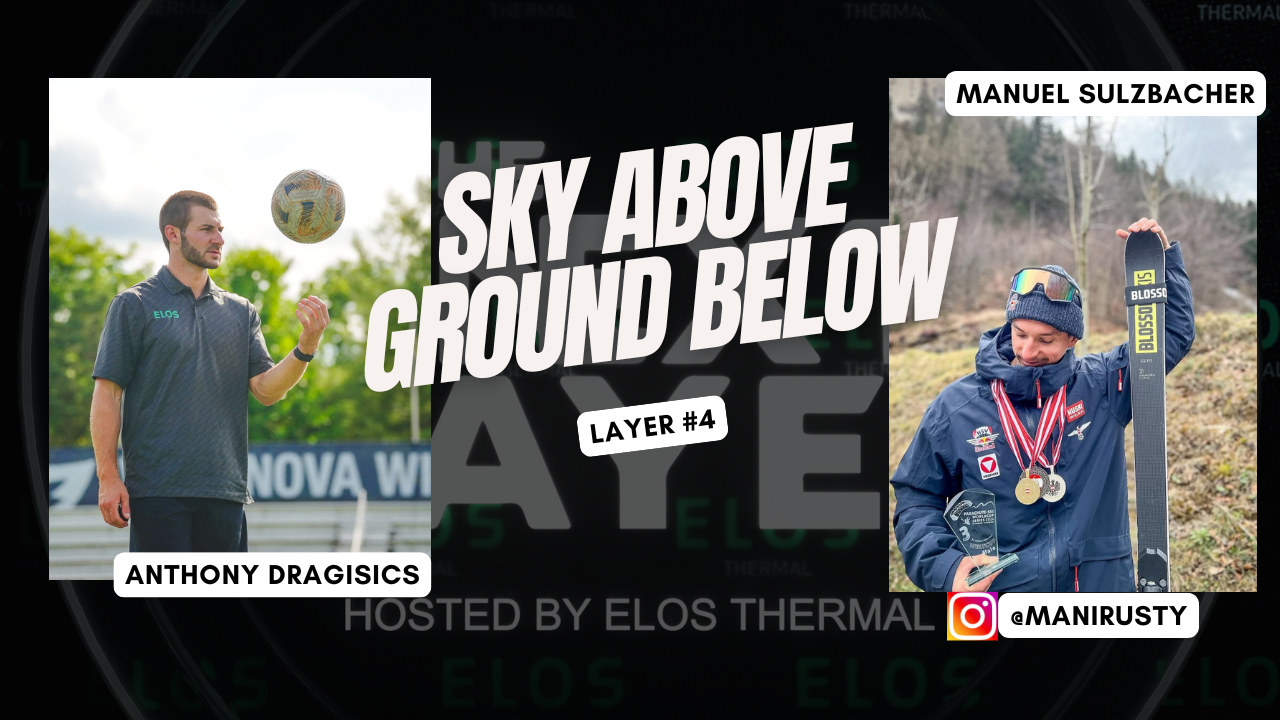The Physiology of Cold Extremities
To understand why feet get cold first, you need to look at how the body manages heat. In cold conditions, your nervous system triggers vasoconstriction, narrowing the blood vessels in your extremities to redirect warm blood toward the torso. As explained by Dr. Christopher Minson, professor of human physiology at the University of Oregon:
“When you're cold, your body protects your brain and internal organs by restricting blood flow to the periphery — your hands and feet. That’s why extremities get cold quickly, even when the rest of you feels fine.”
(Source: The Guardian, 2022)
Feet are especially vulnerable because they have a high surface-area-to-volume ratio, meaning they lose heat faster and have less tissue to retain it. A study published in the Journal of Physiology and Anthropology confirms that:
“Heat loss from the extremities contributes disproportionately to the perception of cold discomfort, especially when local skin temperature falls below 20°C.”
(Source: J Physiol Anthropol, 2018)
Health & Performance Implications of Cold Feet
1. Reduced Circulation and Tissue Function
Cold feet aren’t just uncomfortable — they affect how your body performs. Poor circulation in the feet can reduce nerve conductivity and muscle contractility, which can impact coordination, reaction time, and gait mechanics. According to a review in Military Medicine:
“Peripheral cooling has been shown to reduce manual dexterity, tactile sensitivity, and muscle strength, even before core temperature drops.”
(Source: Mil Med. 2005;170(11 Suppl):83-7)
This holds true for the lower body as well. For athletes, especially those training in cold weather, warm feet can be the difference between optimal movement and sluggish performance.
2. Increased Risk of Injury
When foot muscles and connective tissues are cold, they become less elastic, more rigid, and more prone to strain or sprain. The British Journal of Sports Medicine notes:
“Muscles and tendons exposed to cold show reduced flexibility and an increased tendency toward microtrauma during eccentric loading.”
(Source: Br J Sports Med, 2007)
3. Thermal Discomfort Drives Behavioral Fatigue
There’s also a mental side. Constant thermal discomfort — like persistently cold feet — can drain your psychological resilience in cold conditions. A 2016 review on thermal ergonomics found:
“Thermal discomfort, particularly in the hands and feet, is a major contributor to early fatigue and task disengagement in cold-exposed personnel.”
(Source: Ind Health, 2016)
Why Traditional Solutions Fall Short
Wool socks, toe warmers, and heavy boots help to a degree — but each has limitations. Socks lose insulation when wet. Disposable warmers are inconsistent and wasteful. And bulky footwear can compromise mobility.
You need a solution that warms your feet efficiently — without the weight, sweat, or bulk.
ELOS: The Modern Fix for Cold Feet
ELOS Heating Insoles were designed to address this exact issue — not by layering more fabric, but by targeting warmth where it’s needed most. Here’s how they work:
- Modular Design: A contoured, orthotic footbed provides structure while a slim heat pack delivers consistent thermal support.
- Targeted Heat: Unlike bulky solutions, ELOS warms from beneath — right where vasoconstriction reduces blood flow first.
- No Compromise on Movement: Thin, trim-to-fit profiles mean you retain full mobility whether you're skiing, hiking, or walking to work.
- Eco-Conscious: The reusable platform + replaceable heat packets reduce waste compared to disposable options.
Keeping your feet warm isn’t just about comfort — it’s about safety, performance, and endurance. Whether you're an outdoor worker, athlete, or winter commuter, cold feet affect your circulation, movement, and even your mental stamina.
ELOS doesn’t just solve the problem — it rethinks it.
With modern, targeted warmth and sustainable design, ELOS Heating Insoles help your body do what it’s built to do: move freely and perform, even in the cold.

